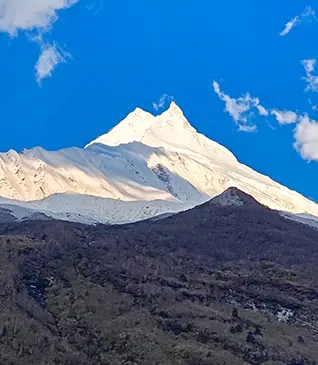Trek The Himalayas (TTH) is one of the best trekking companies in India dedicated to providing exceptional trekking experiences across the Himalayas. With a mission to promote safe, enjoyable, and transformative outdoor adventures, TTH has become a trusted name for trekkers seeking both thrill and serenity in nature's lap.
Our Experiential learning treks are specialized trekking programs designed to combine the joy of trekking with valuable learning experiences. These treks go beyond the physical journey, offering participants a chance to engage with the environment, learn new skills, and develop a deeper understanding of nature and themselves. The importance of these treks lies in their ability to foster personal growth, teamwork, and environmental stewardship. While experiential learning is a great way for students to learn important values, sometimes there may be a concern regarding the safety of the students.
Ensuring the safety and enjoyment of students is our top priority. By prioritizing student safety and enjoyment, Trek The Himalayas sets a strong foundation and high standard for successful and rewarding outdoor adventures for students. Our experienced and qualified staff play a crucial role in ensuring the safety and success of students participating in outdoor activities. These instructors and guides not only possess the necessary skills and training but also have the knowledge and experience to handle potential challenges and emergencies in the wilderness. The fact that our staff has received training from reputable institutions such as NIM, HMI, ABVIMAS, NOLS, and Heal Harbour demonstrates our commitment to providing the highest level of safety and training to students. This dedication helps build confidence in the students, allowing them to focus on their outdoor adventures without worrying about safety.
Having experienced and qualified staff can make a significant difference in the quality and success of outdoor activities. It is a critical component of ensuring student safety and well-being in the wilderness, enhancing the overall experience and fostering a positive and secure environment for learning and exploration.
Let us learn more about how we maintain safety on these treks as the top adventure company in India.
Pre Trek Briefing
.webp)
We provide a thorough briefing before the trek which covers several essential topics including a detailed overview of the trek's route, daily schedules, and significant landmarks to provide a clear understanding of the journey ahead, instructions on safety measures, emergency procedures, and guidelines to follow during the trek, outlining the educational goals and experiential learning opportunities to help students grasp the purpose and benefits of the trek, communicating behavioral expectations, group dynamics, and personal responsibilities to foster a respectful and cohesive trekking environment.
Medical Safety Preparations
Ensuring medical safety is a top priority, and TTH implements several measures to address potential health concerns. Each trek is accompanied by staff trained in first aid and emergency response, ensuring immediate medical attention if needed. Comprehensive first aid kits are carried, equipped with supplies to handle common injuries and illnesses. Specific protocols are in place for managing ailments such as Acute Mountain Sickness (AMS), dehydration, and minor injuries. These protocols include monitoring symptoms, administering necessary treatments, and making decisions about whether to continue or descend.
Technical Safety Preparations
.webp)
TTH ensures that all technical aspects are meticulously planned and executed. High-quality gear such as harnesses, ropes, helmets, and climbing equipment is provided and used to navigate difficult sections of the trek safely. All technical gear undergoes rigorous maintenance and inspection before each trek to ensure it is in optimal condition and safe to use. Participants receive hands-on training on how to properly use technical equipment. This training covers basic skills such as securing harnesses, using ropes effectively, and understanding safety procedures, ensuring that trekkers are well-prepared and confident in handling the gear.
Experienced Trek Leaders and Support Staff
Trek Leaders play a crucial role in leading the group safely through the trek. Their extensive knowledge of the terrain, weather patterns, and local conditions ensures that the trek is conducted in the safest manner possible. They are also skilled in managing group dynamics, providing educational insights, and fostering a supportive environment for learning.
Support staff, including porters and cooks, are integral to the trek's success. They handle logistics, set up camps, prepare meals, and assist with any emergencies. Their contributions ensure that trekkers can focus on the experience and learning objectives without worrying about operational details.
Health Monitoring
 (1).webp)
Regular health check-ups are conducted to monitor trekkers' physical conditions. This includes checking vital signs, hydration levels, and overall health to catch any issues early. Altitude-related problems like Acute Mountain Sickness (AMS) are a significant concern. Guides and medical staff are trained to recognize symptoms such as headaches, nausea, and dizziness. They conduct frequent checks and use protocols to manage these conditions, which may include administering oxygen or deciding to descend if symptoms persist.
Weather Assessment
Weather conditions in mountainous regions can change rapidly. Continuous monitoring of weather forecasts and real-time conditions allows guides to make informed decisions. If necessary, adjustments are made to the itinerary to avoid dangerous weather, ensuring the safety of all participants.
Have an Emergency Response Plan
.webp)
This plan includes protocols for various types of emergencies, from medical issues to natural disasters. It outlines the roles and responsibilities of all staff members, ensuring everyone knows their duties in an emergency. When a medical emergency arises, immediate steps are taken to stabilize the affected individual. This includes administering first aid, monitoring vital signs, and using specialized medical equipment if necessary. TTH maintains strong relationships with local authorities and rescue teams. In the event of a serious emergency, these relationships facilitate quick coordination and deployment of resources. This collaboration ensures that professional help is available when needed, enhancing the safety of all trekkers.
Evacuation Procedures
A clear protocol is followed to evacuate any trekker who requires immediate medical attention. This involves assessing the severity of the condition and deciding on the best course of action, whether it’s a rapid descent or waiting for specialized evacuation assistance. In severe cases, TTH arranges for helicopters or other emergency transportation to evacuate trekkers quickly. The use of helicopters ensures that injured or ill individuals reach medical facilities as soon as possible, minimizing the risk of complications. The team identifies and uses the quickest and safest routes to reach medical facilities. This planning is crucial in emergency situations where time is of the essence, ensuring that trekkers receive the necessary medical care promptly.
Trek The Himalayas is deeply committed to ensuring the safety and well-being of all participants on their experiential learning treks. By implementing rigorous safety measures before, during, and after treks, TTH provides a secure environment where students can focus on learning and personal growth.
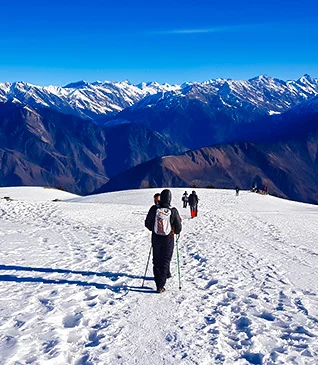
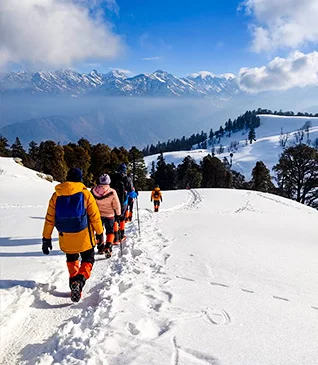
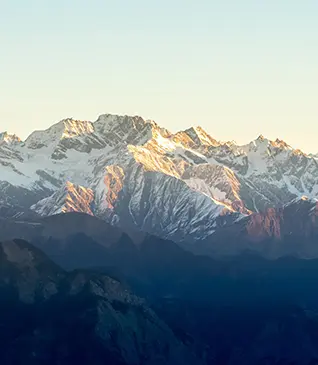
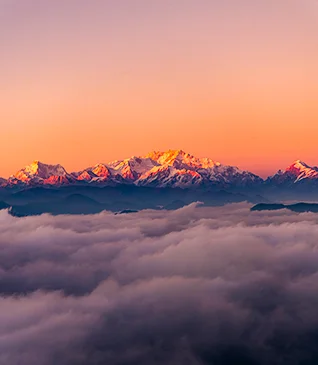
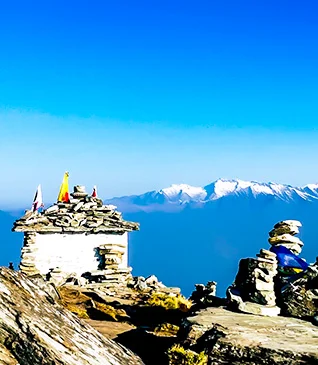
.webp)
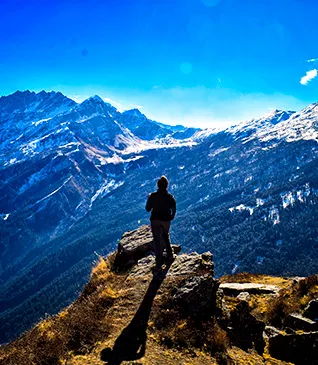
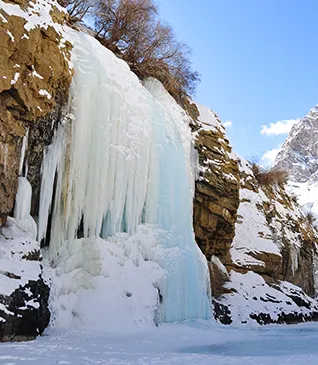
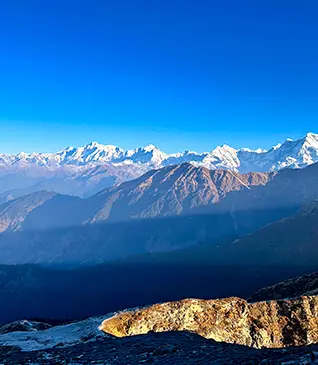
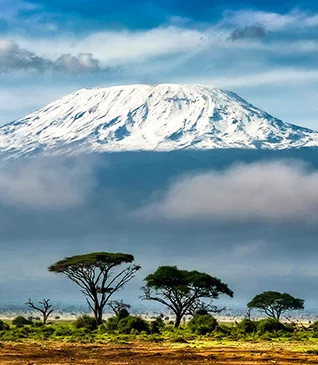
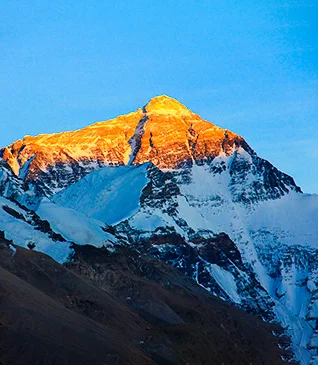
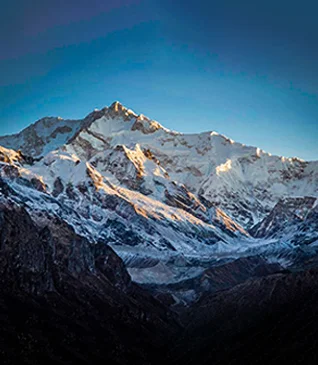
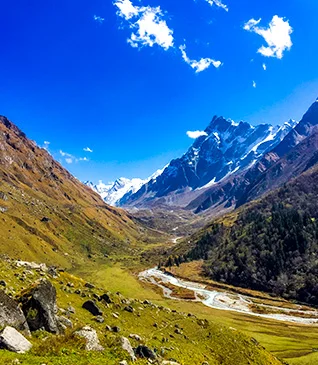
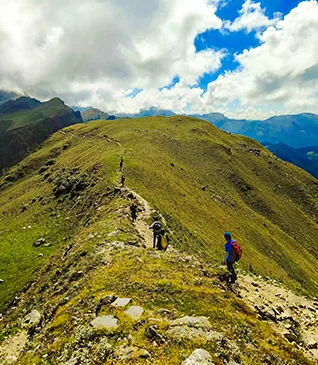
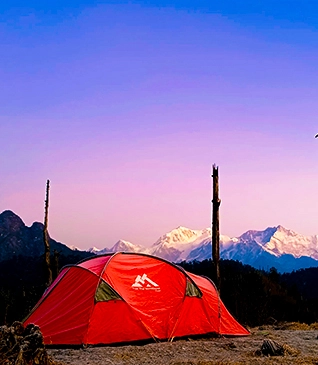
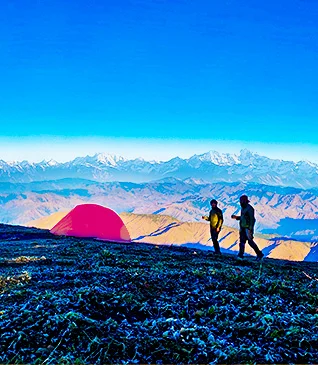
.webp)
